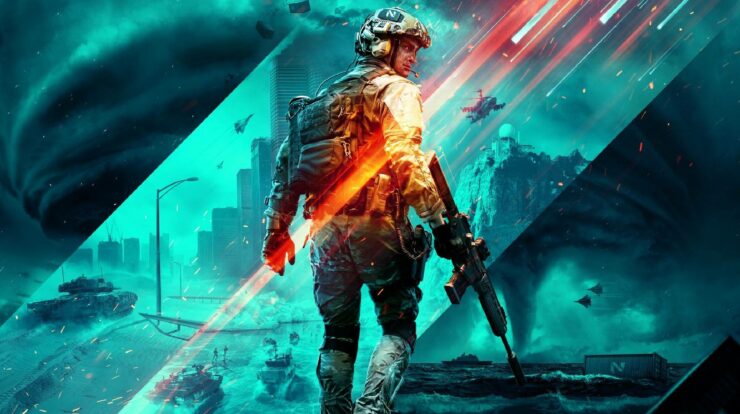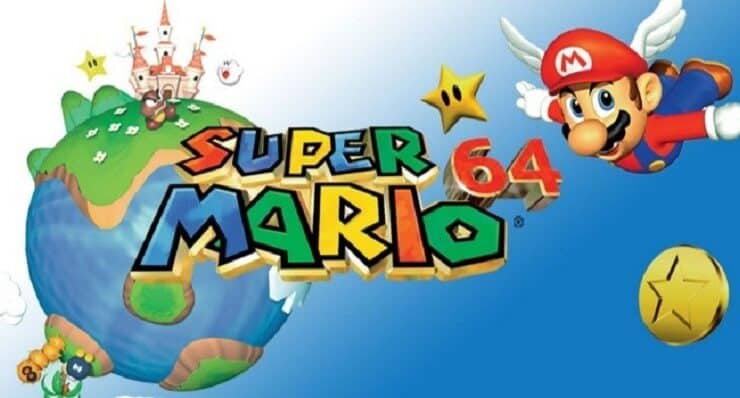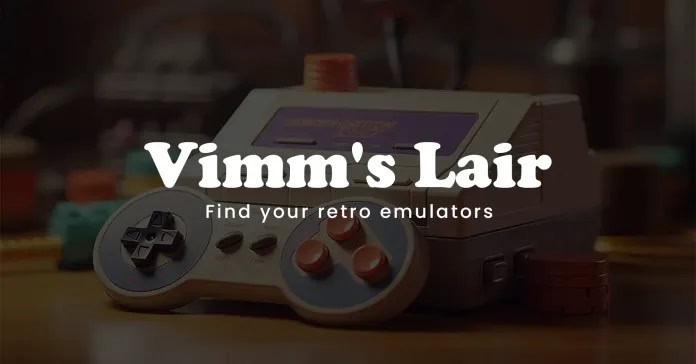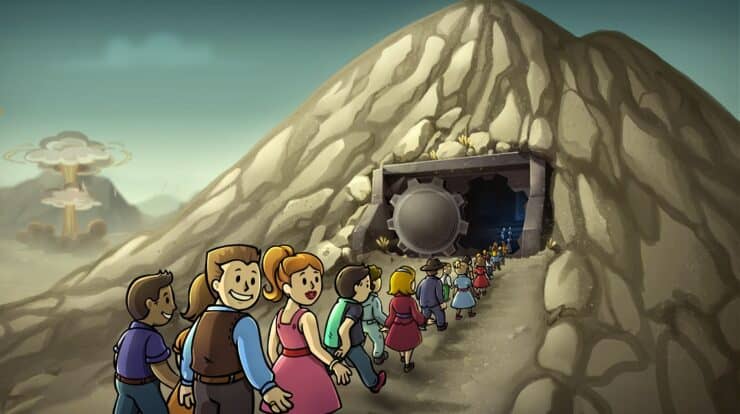
The gaming business is bigger than life. Gamers invest enormous measures of money and energy on games and even place bets to watch other gamers play (and we’re not talking about baseball… we’re talking about digital games and no kidding this game market is gigantic… and puzzling!). This concept of gaming is everywhere else too, in schooling, in corporate culture, in the development business. You ask why? Because setting up games, with clear objectives and limitations help us with centring our energies and efforts and can enrich our motives to inspire us to push ahead into the defined reward cycle and challenges. Game designs have evolved a lot, from graphics to concepts. A 3D art outsourcing company can take on the challenge of designing 3D surfaces for your game. Following are a few things game developers should keep in mind before designing a game:
Targets
There should be an objective or a target that people can pursue of some sort. The more concrete and characterized these are, the more straightforward it is for individuals to take on the challenges. But, unclear targets can be seriously fulfilling, since they exhibit real-time circumstances better. Consider more vague goals for groups that are now set and accept suggestions and ideas for these game designs.
Constraints
There should be a few limitations on how players can or can’t accomplish those targets. These limitations ought to be relevant to the situation, connected, and present as an entirety.
Success Bars
There should be a few distinct ways to know when the targets are met. Clear goal achievements assist with setting up game expectations and buy-ins for game investment. A few games are more unstructured, with less clear cut standards. Some games like “Dungeons and Dragons” don’t have a clear, distinct goal. That vagueness can make these sorts of games better able to model real-life situations but harder to sell inside an association since they don’t have a set objective.
Reward
Incentives that reward your achievement can be natural results of the game (great wins, acknowledgement), implanted in the actual game itself (getting all the Monopoly cash), or outside acknowledgement or prizes (the champ eats at a pleasant eatery). Adjusting prizes between players can be a test and should be viewed as such while designing a game.
Play
The main prize should be encouraging interaction, a feeling of fun and internal satisfaction for the game. That feeling of play can be tricky; playtesting a design in your group is vital to get a feeling of what is more fun, and what isn’t before you carry it out with a bigger gathering. Balance the difficulties of the game with the capacities of the players.
Competition
At times, yet not always, games can include people or groups competing to accomplish those game targets. While a simple element of competition can be good, it can likewise make some unacceptable dynamics depending on an organisation’s culture and individual members. Does a little competition make things fun, or transform people into raving neurotics keen on winning no matter what?


